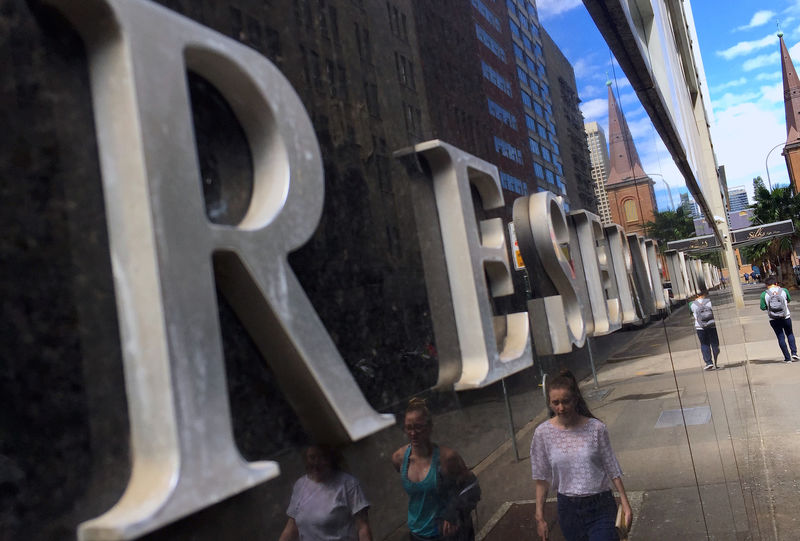Investing.com -- The Reserve Bank of Australia unexpectedly hiked interest rates on Tuesday and said that more monetary policy tightening may still be in order as the bank moves to curb stubborn inflation in the country.
The RBA hiked its cash target rate by 25 basis points to 3.85%, ducking market expectations that it would keep the rate at 3.6% after pausing in April.
The Australian dollar rallied 0.9% after the decision, given that higher interest rates make the currency appear more attractive.
The move comes as recent data showed that Australian inflation eased slightly less than expected in the first quarter of 2023, at 7%. While inflation fell from an over 30-year high hit in December, it still remained well above the RBA’s 2% to 3% target range.
“While the recent data showed a welcome decline in inflation, the central forecast remains that it takes a couple of years before inflation returns to the top of the target range,” RBA Governor Philip Lowe said in a statement.
Inflation is expected to remain well above the RBA’s target range in 2023, and is forecast to end the year at 4.5%. The bank reiterated that inflation will likely touch its target range only by mid-2025.
The RBA had held interest rates steady during its April meeting after hiking rates by 350 bps over the past year. The bank said it was pausing to observe the effects of the rate hikes on the economy, but had warned that it could still raise rates further.
Lowe said on Tuesday the bank was still trying to maintain a balance between economic growth and curbing inflation, but warned that the path to achieving a soft landing “remains a narrow one.”
Lowe also said that the bank will likely consider more rate hikes, although their timing and breadth will be largely dependent on future economic cues. He added that the labor market remains tight, and that unemployment is likely to increase in the coming months as economic growth cools.
Australian economic growth is expected to cool significantly this year as the country grapples with high interest rates, inflation, and a fading post-COVID economic bounce.
